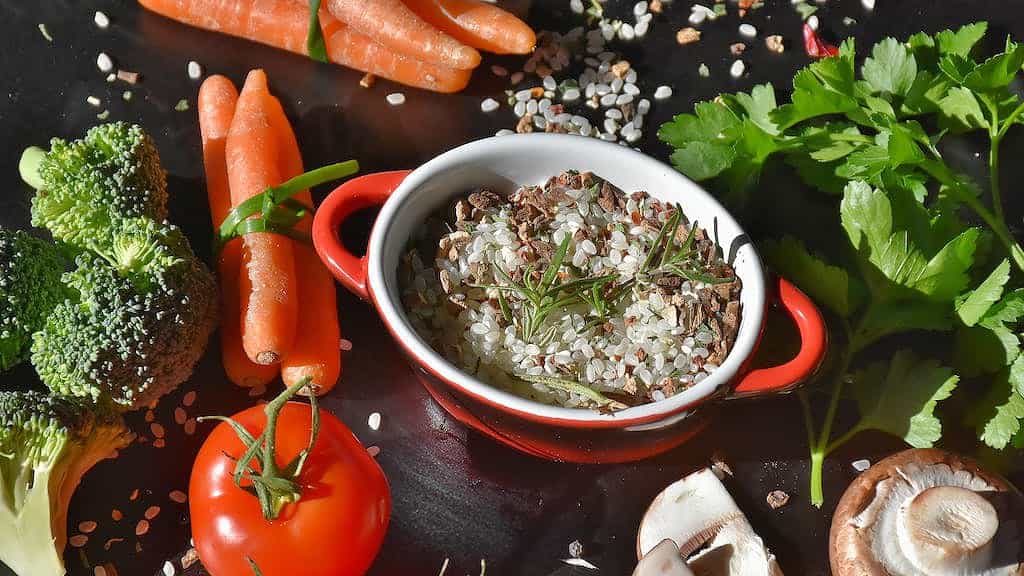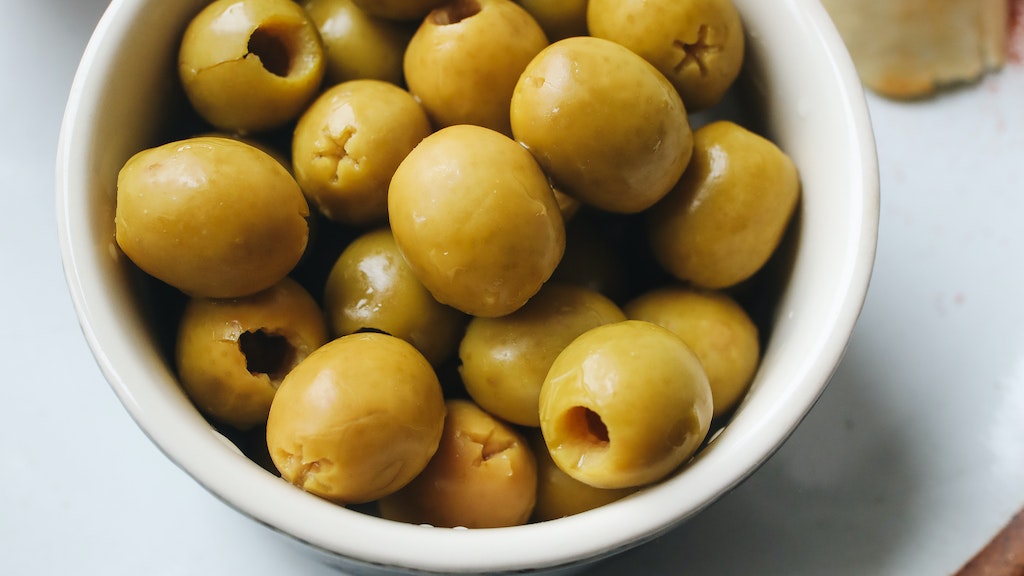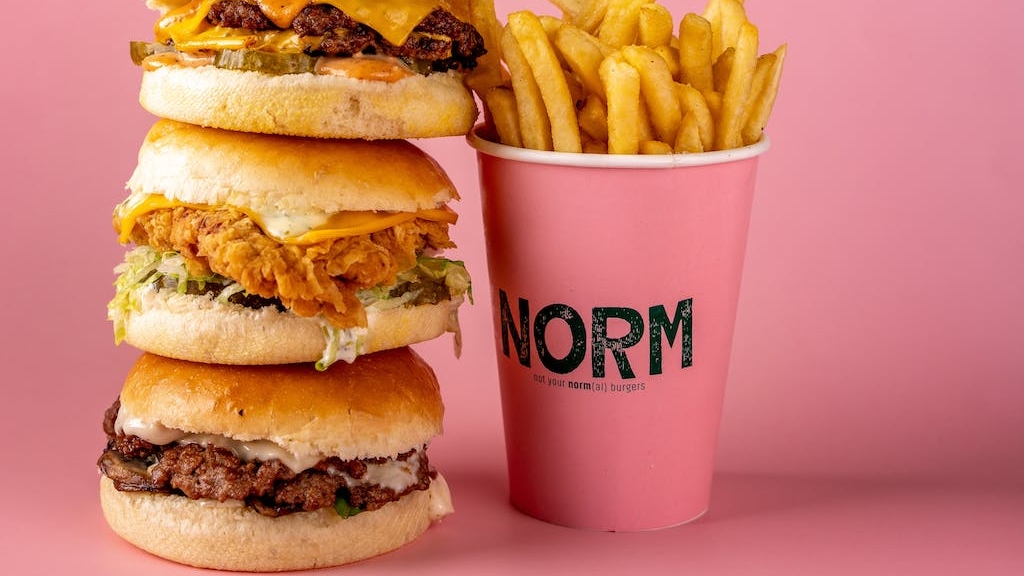Key Takeaways:
- Breadsticks can be given to dogs in moderation.
- Plain breadsticks without any toppings or seasonings are the safest option.
- It’s important to ensure that the breadsticks are fresh and not stale.
- Monitor your dog for any adverse reactions or digestive issues after consuming breadsticks.
- Some dogs may have allergies or sensitivities to wheat, so it’s best to introduce breadsticks gradually.
- Store-bought breadsticks may contain additives or preservatives that can be harmful to dogs, so homemade ones are preferable.
- Consult with your veterinarian to determine if breadsticks are suitable for your dog’s specific dietary needs.
- Always break the breadsticks into small, bite-sized pieces to prevent choking hazards.
- Remember that breadsticks should only be an occasional treat and not a staple of your dog’s diet.
- When introducing breadsticks to your dog’s diet, observe their overall health and adjust accordingly.
Summary
Can dogs eat breadsticks? Yes, but with caution. While breadsticks are generally safe for dogs to consume in moderation, it’s important to consider the ingredients, seasoning, and size. This article delves into the potential risks and benefits of feeding breadsticks to dogs, providing essential information for dog owners to make informed decisions. Knowing the potential dangers and guidelines for offering breadsticks to your furry friend is crucial to avoid any adverse effects on their health.

Are Breadsticks Safe for Dogs?
Breadsticks can be a tempting treat for dogs, but it’s important to exercise caution when offering them to your furry friend. While plain, unsalted breadsticks may seem harmless, they can still pose risks to dogs if consumed in excess.
The main concern with breadsticks is their high carb content, which can lead to weight gain and contribute to obesity in dogs. Additionally, some breadsticks may contain seasonings or toppings like garlic or onion powder, both of which can be toxic to dogs in large amounts. Therefore, it’s crucial to check the ingredient list before sharing these treats with your canine companion.
Potential Risks of Feeding Breadsticks to Dogs
Feeding breadsticks to dogs can potentially lead to various health issues. As mentioned earlier, the high carbohydrate content in breadsticks can cause weight gain and put your pup at risk for obesity-related conditions, such as diabetes or joint problems.
Furthermore, if the breadsticks contain any flavorings, such as herbs or cheese, they may be high in sodium or other additives that can be harmful to dogs. Excessive salt intake can lead to electrolyte imbalances and even salt toxicity in dogs, resulting in symptoms like vomiting, diarrhea, excessive thirst, and elevated heart rate.
Safe Alternatives to Breadsticks for Dogs
If you’re looking for a safe and healthier alternative to breadsticks for your dog, there are several options available. Firstly, you can opt for dog-friendly treats specifically formulated for their dietary needs. These treats are often lower in calories and free from harmful ingredients like garlic and onion powder.
Alternatively, you can offer your four-legged companion small pieces of plain, cooked chicken or turkey as a tasty and protein-packed substitute. Just ensure that there are no bones or seasoning present, as certain spices can be harmful to dogs.
Feeding Breadsticks in Moderation
If you still want to occasionally share a breadstick with your dog, it’s essential to do so in moderation. Avoid giving them large portions or allowing them to consume breadsticks regularly, as this can lead to weight gain and related health issues over time.
Remember to break the breadstick into small, bite-sized pieces to prevent choking hazards, and always monitor your dog’s reaction after they’ve enjoyed this treat. If you notice any signs of digestive upset or discomfort, it’s best to avoid offering breadsticks in the future.
Consulting with a Veterinarian
If you have concerns about whether breadsticks are suitable for your particular dog, it’s always wise to consult with your veterinarian. They can provide personalized advice based on your dog’s health, age, breed, and dietary requirements, helping you make informed decisions about treats and snacks.
Veterinarians are also well-equipped to provide alternative recommendations for safe and healthy treats specifically tailored to your dog’s needs and preferences.
Quick Recap
Breadsticks can be a potential treat for dogs, but they come with certain risks that need to be considered. Before offering breadsticks to your furry friend, ensure they are plain, unsalted, and free from harmful flavorings or ingredients. Alternatively, choose dog-friendly treats or offer small pieces of plain, cooked meat as a safe and healthier substitution. Moderation is key, and if you have any concerns or questions, consulting with a veterinarian ensures the best decisions for your dog’s well-being.
Recipes and Alternatives to breadsticks for dogs
Dogs should not eat breadsticks as they can be harmful to their health. Breadsticks are typically made with ingredients that are not suitable for dogs, such as garlic, onion, and salt. It is important to provide dogs with a balanced and nutritious diet that meets their specific dietary needs. Here are some alternative foods that are safe and healthy for dogs:
Can Dogs Eat Breadsticks – FAQ
1. Are breadsticks safe for dogs?
Yes, breadsticks can be safely consumed by dogs in moderation. However, it is important to consider a few factors.
2. What type of breadsticks are suitable for dogs?
Plain, unsalted breadsticks are the best option for dogs. Avoid breadsticks with added seasonings, garlic, onion, or any potentially toxic ingredients.
3. Can breadsticks be given as a regular part of a dog’s diet?
No, breadsticks should not be a regular part of a dog’s diet. They should be considered an occasional treat and not a substitute for a balanced dog food.
4. Why should I only give breadsticks to my dog occasionally?
While breadsticks are generally safe for dogs, they are not nutritionally beneficial. Feeding them frequently or in large quantities can lead to weight gain and potential digestive issues. It’s important to maintain a balanced diet for your furry friend.
5. Can breadsticks be harmful to dogs?
Breadsticks themselves are not toxic to dogs. However, some ingredients commonly found in breadsticks, such as garlic, onion, or excessive salt, can be harmful if consumed in large amounts. Always check the ingredient list before sharing breadsticks with your dog.
6. What should I do if my dog accidentally eats too many breadsticks?
If your dog consumes a large quantity of breadsticks, monitor them for any signs of discomfort, vomiting, or diarrhea. If symptoms persist or worsen, it is advisable to consult your veterinarian.
7. Can breadsticks cause allergies in dogs?
Dogs can be allergic to certain ingredients found in breadsticks, such as wheat or gluten. If you suspect your dog has a food allergy, it is best to avoid feeding them breadsticks.
8. Should I remove the crust from breadsticks before giving them to my dog?
It is not necessary to remove the crust from breadsticks for your dog. However, larger or harder breadstick crusts may pose a choking hazard. It’s always a good idea to monitor your dog while they enjoy their treat.
9. Are there any bread alternatives that are safer for dogs?
If you’re looking for alternative treats for your dog, there are several dog-friendly options available, such as specially formulated dog treats or fruits and vegetables like carrots or apple slices. Always consult with your veterinarian to determine the best options for your pet.
10. Can puppies eat breadsticks?
Puppies have delicate digestive systems, and introducing solid foods should be done gradually and under the guidance of a veterinarian. It is generally best to wait until your puppy is older before offering them breadsticks as a treat.
Remember, while it can be enjoyable to share a small piece of breadstick with your furry companion on occasion, it’s essential to prioritize their overall diet and health. When introducing any new food to your dog’s diet, it’s recommended to consult with a veterinarian to ensure it aligns with their specific dietary needs and prevent any potential health issues.
Conclusion
Dogs can eat breadsticks in moderation, but it is important to consider certain factors before feeding them to your furry friend. Breadsticks can be given as an occasional treat, but they should not be a regular part of their diet. Although breadsticks are generally safe for dogs, they can be high in salt, fat, and calories, which can lead to weight gain and other health issues if consumed in excess. Additionally, some breadsticks may contain ingredients like garlic or onion powder, which can be toxic to dogs. It is always best to consult with a veterinarian before introducing any new food into your dog’s diet to ensure their health and safety.
📚 Sources:












